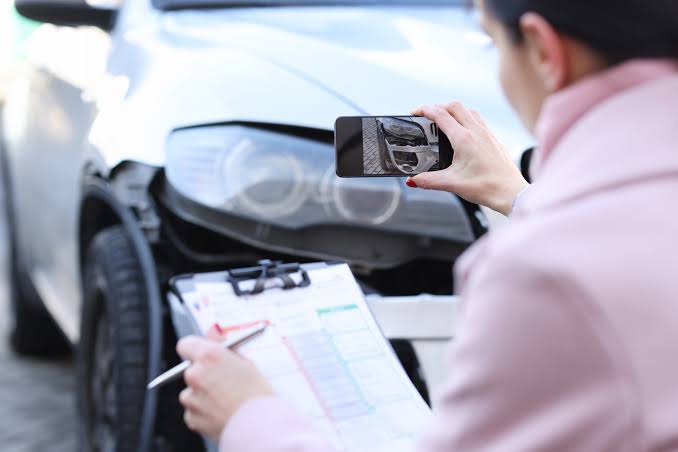When navigating a personal injury claim, capturing photographs is critical, yet most guides fail to mention the potential insufficiency of photographs as standalone evidence without expert interpretation.
This conventional wisdom, however, has recently been upturned. In a landmark ruling, the Massachusetts Supreme Judicial Court upheld a lower court’s judgment, allowing the defense to submit photographs as part of their argument.
This verdict effectively correlates the extent of car damage to potential injuries suffered, altering the landscape of personal injury claims and the weight of photographic evidence therein.
The Incident In Question
The incident in question dates back to May 2015, when the plaintiff, Kristina Laccetti, was driving along Storrow Drive. An unidentified motorist cut her off, forcing her to slam on her brakes. Ellis, who was following Laccetti, also had to brake instantly but did not manage to avoid a collision.
In the aftermath of that fateful day in May 2015, Laccetti sought medical attention for many health issues. These ranged from cognitive problems and headaches, addressed by a neurologist, to chronic neck and back pain and migraines, for which she consulted various specialists.
Two years later, in December 2017, Laccetti took legal action against Ellis, demanding approximately $350,000 in damages. At the trial, she disputed the use of photographs as evidence to question the severity of her injuries. Despite the jury holding Ellis accountable, the damages awarded to Laccetti were a mere $10,000.
Further diminishing her victory, the judge reduced this amount to $8,000, considering the Personal Injury Protection (PIP) benefits she had already received. Dissatisfied, Laccetti appealed.
Different Accounts
Laccetti and Ellis recounted differing versions of the events at the trial. Laccetti claimed that although the car in front abruptly cut her off, she could have bypassed it—if not for Ellis rear-ending her. She insisted that the impact pushed her forward, causing injuries that included a concussion, a back injury, and worsened migraines.
Ellis, conversely, painted a different picture. He testified that he witnessed Laccetti collide with the car that cut her off before she braked abruptly. This sudden action, he said, made him brake hard as well. He estimated their initial speed at around 25 mph, but he believes he only did about 10 mph at the moment of impact.
“Ellis didn’t deny responsibility for the accident. Instead, he contested the severity of Laccetti’s injuries. His argument hinged on the idea that the minimal vehicle damage didn’t align with the extent of injuries Laccetti claimed to have sustained,” says attorney Russell Berkowitz of Berkowitz Hanna Malpractice & Injury Lawyers.
Supreme Court Ruling
Laccetti notably argued that vehicle damage does not necessarily correlate with the severity of injuries. Until recently, many states held that only an expert witness could validate or refute such a correlation using photographic evidence. However, Massachusetts’s Supreme Judicial Court (SJC) disagreed with this stance.
Interestingly, the SJC’s decision somewhat mirrors a Delaware ruling, which previously deemed the correlation of damage to injuries as unguided speculation. Despite this, Delaware courts have since departed from this rule, adding another dimension to the complex landscape of personal injury claims.
The SJC, while acknowledging that damages do not always directly align with injuries, offered a different perspective. They ruled that a jury is typically capable of correlating the outward appearance of damage with the likelihood and extent of injury. This landmark ruling underscores the evolving role of photographic evidence in personal injury claims and the jury’s power to interpret it.

